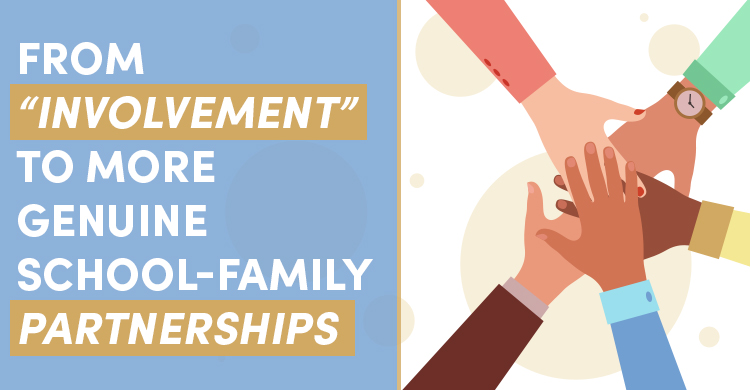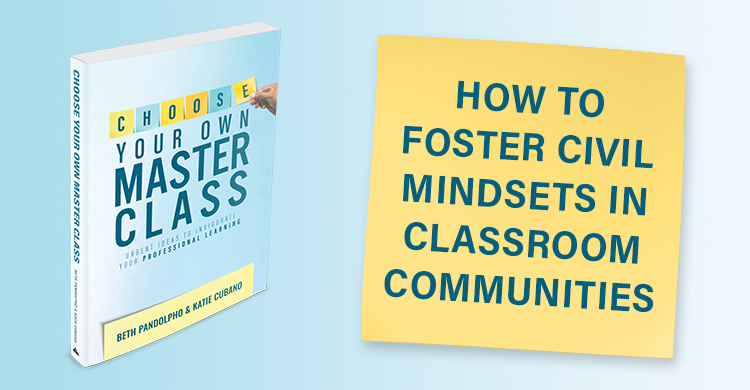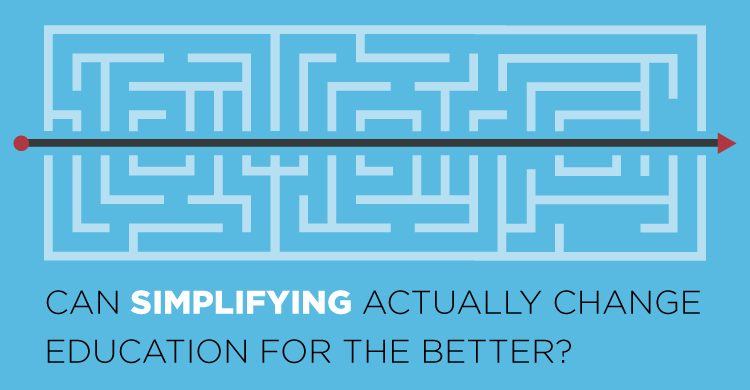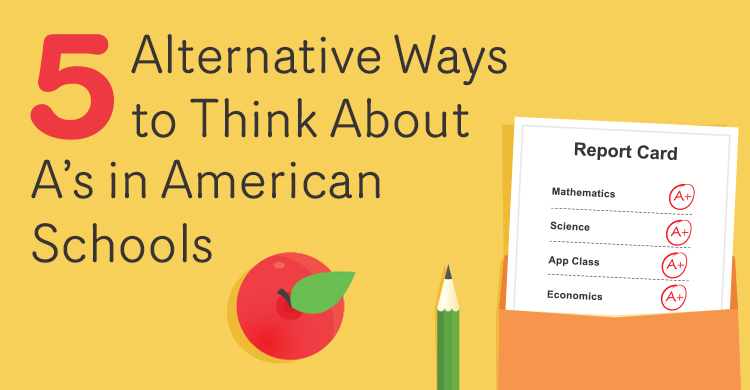


Check Out These 3 Amazing Books That Inspire Movement
Want to get your classroom moving (and learning!) while promoting your own well-being? Explore these resources

How to Foster Civil Mindsets in Classroom Communities
“We believe we can create the conditions for transformational educational communities that do not shy

Can Simplifying Actually Change Education for the Better?
Recently, a colleague of mine casually asked, “How are we encouraging creativity and innovation as


